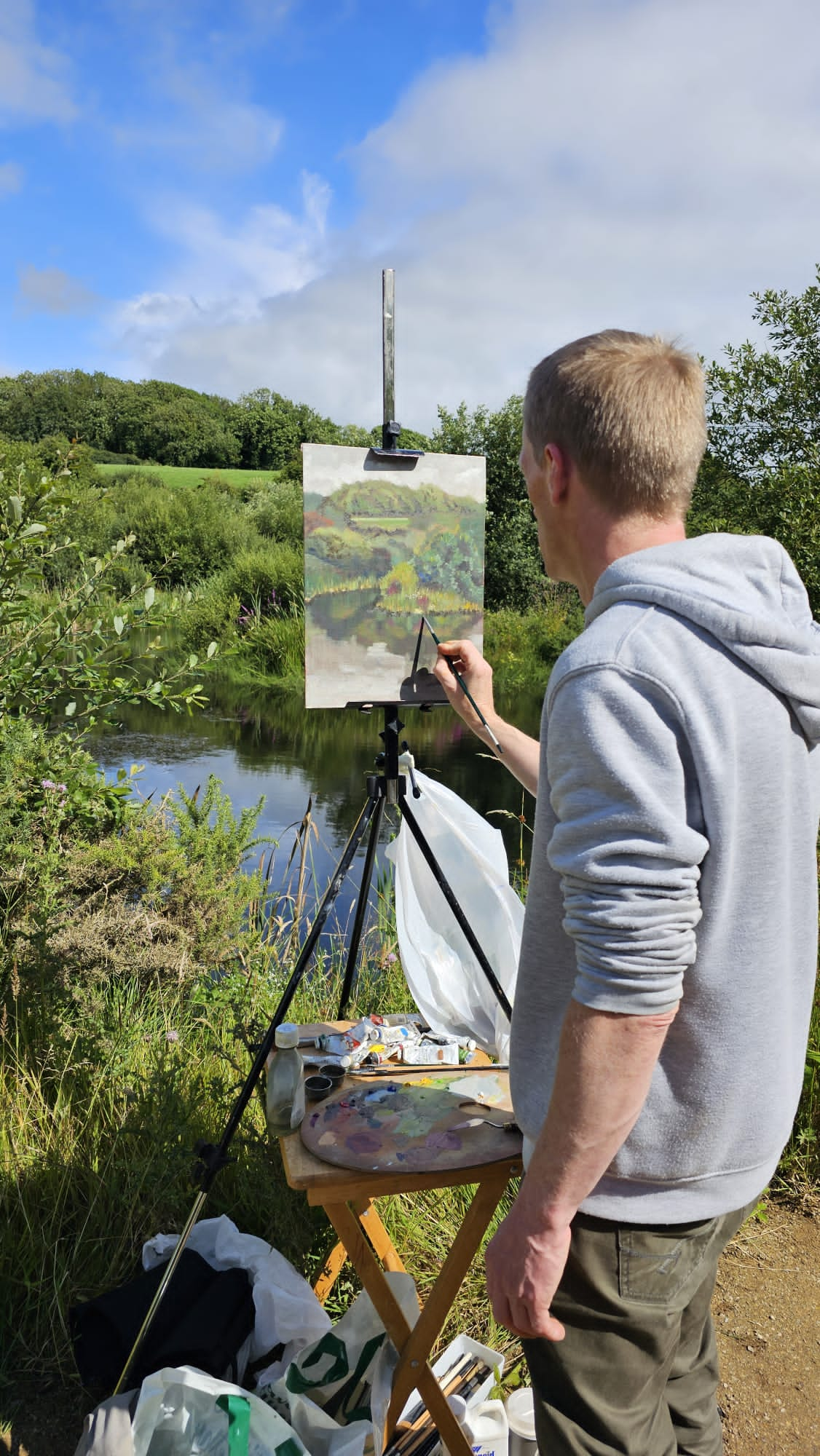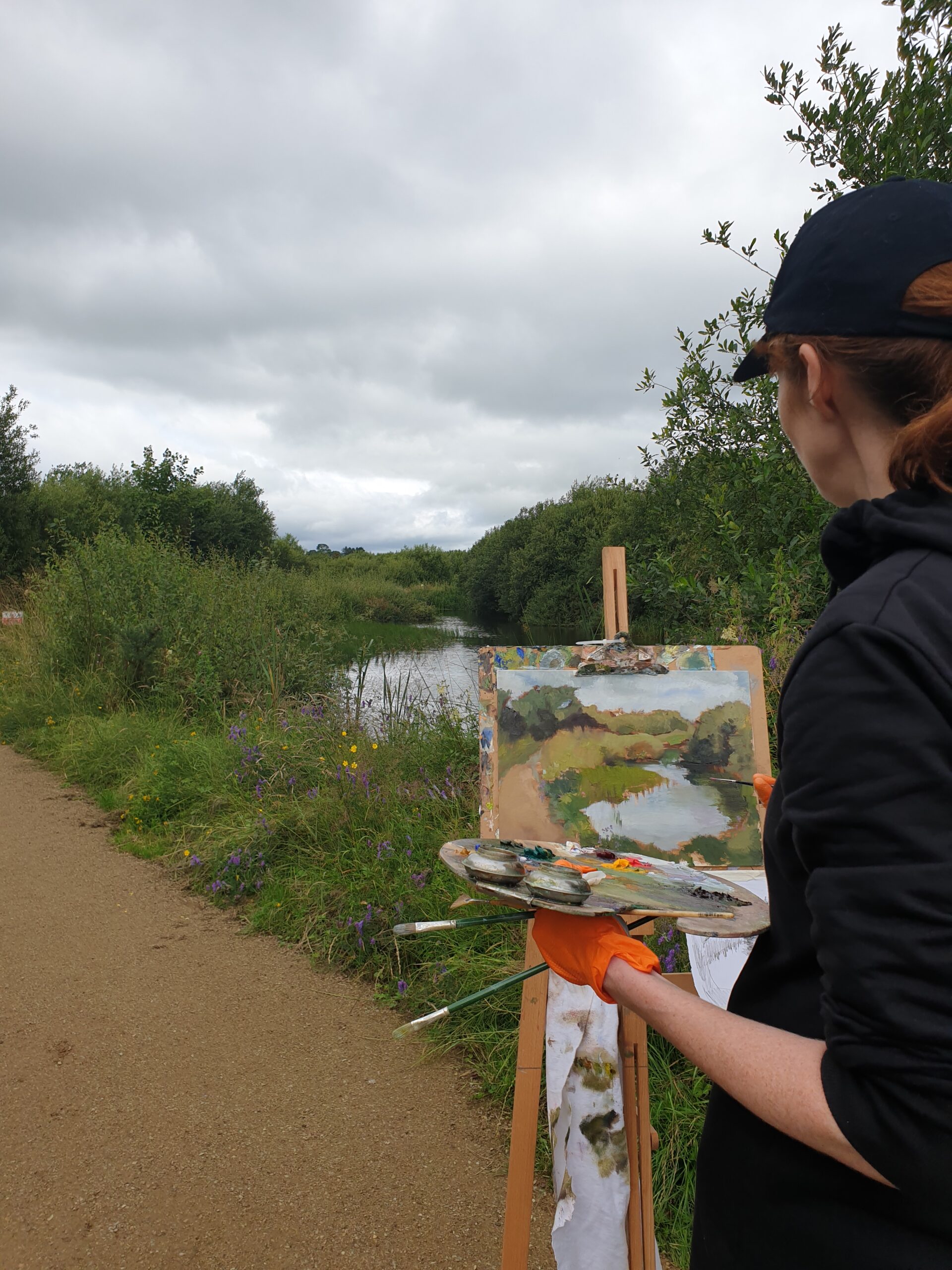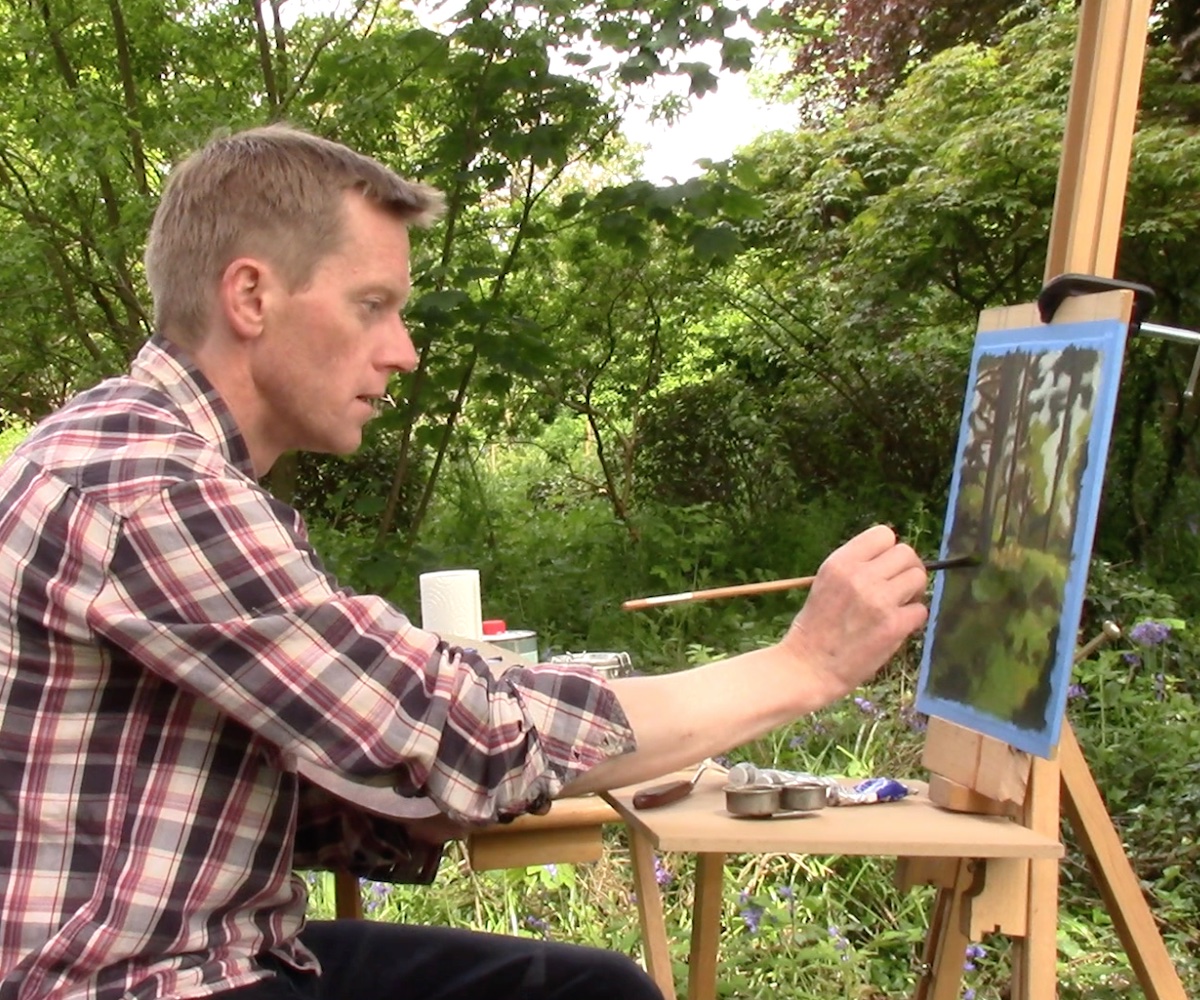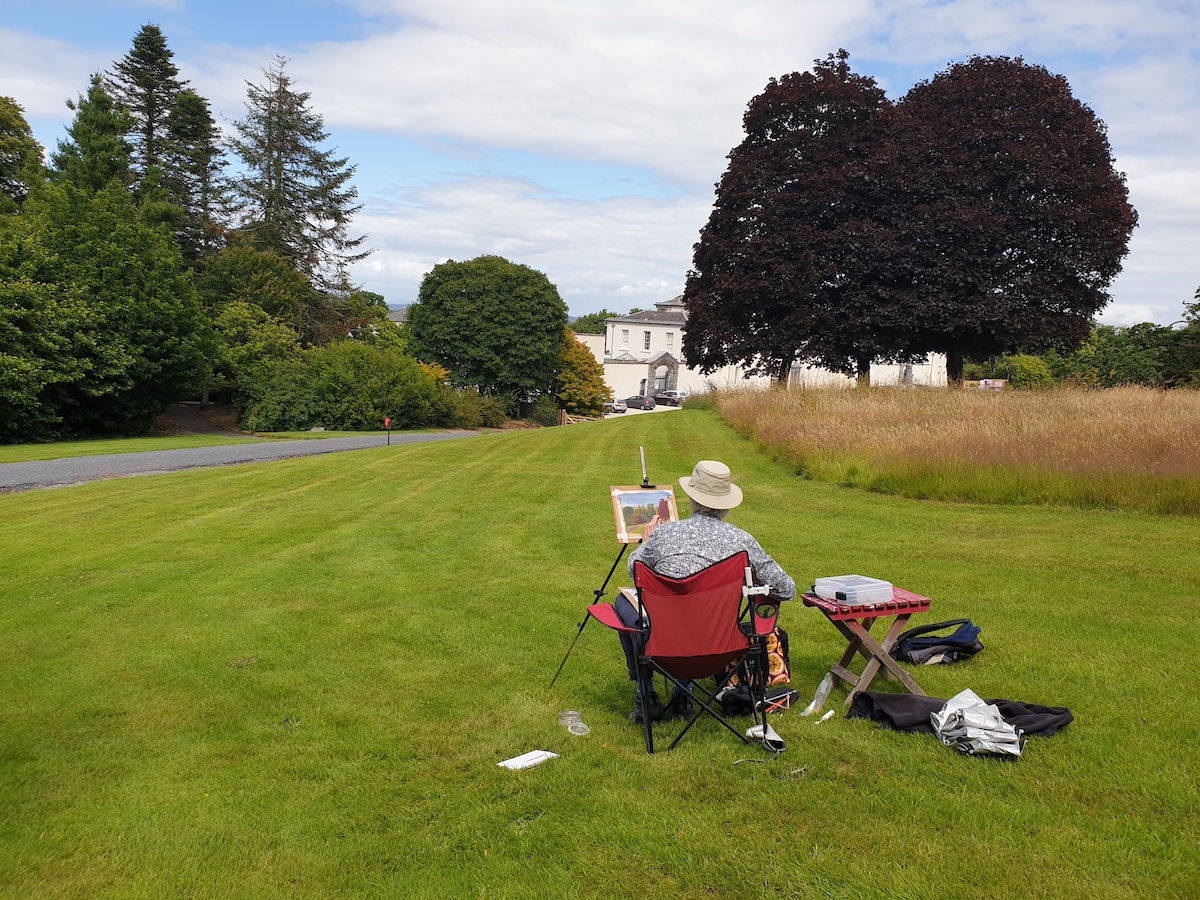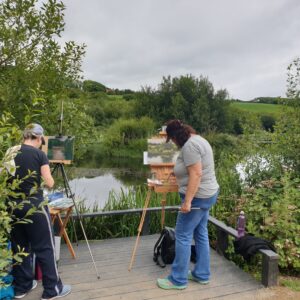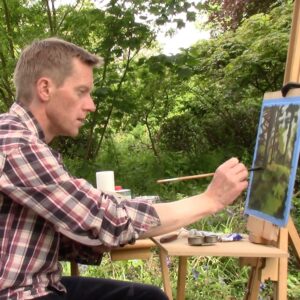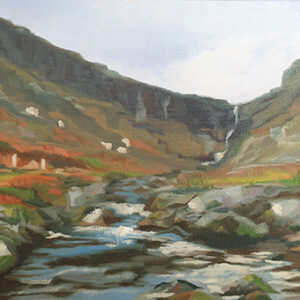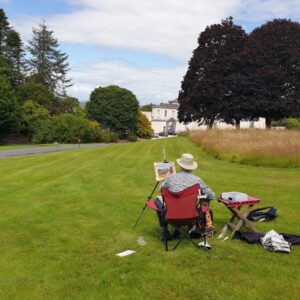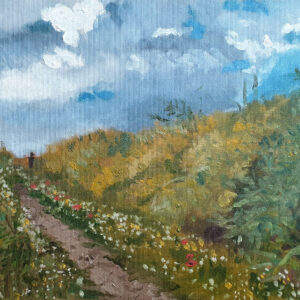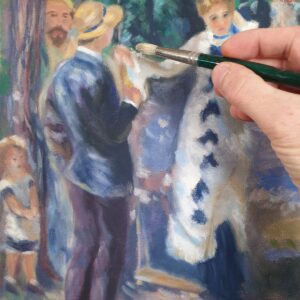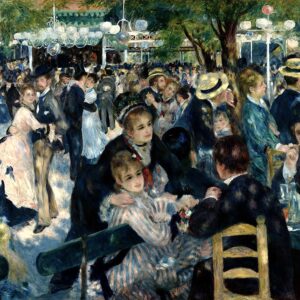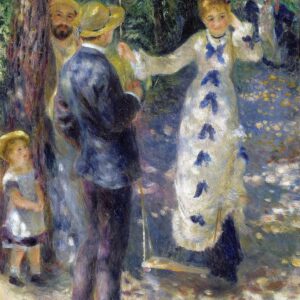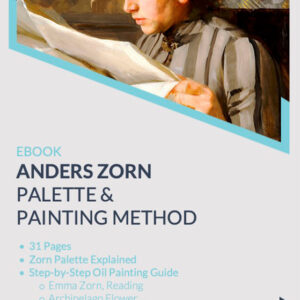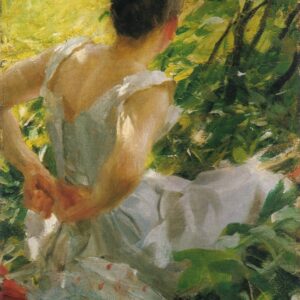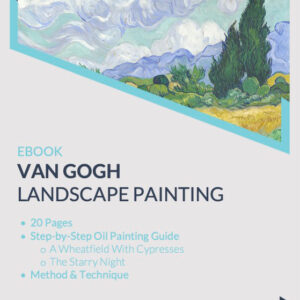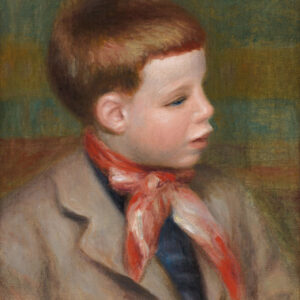Landscape Painting Weekend Workshop (Cahir, Co. Tipperary)
€275.00 – €350.00
Plein Air & Studio Weekend Workshop
CAHIR ARTS Castle Street, Cahir, Co. Tipperary (Indoor Studio) & CAHIR CASTLE SURROUNDINGS (Outdoor Location)
9th – 11th August 2024
Option 1 FULL WORKSHOP (3 Days €350): ** Recommended **
Friday, 9th – Sunday, 11th August 2024
Option 2 WEEKEND ONLY (2 Days €275):
Saturday, 10th – Sunday, 11th August 2024
Studio Venue: Cahir Arts, Cahir, Co. Tipperary (Friday & Sunday)
Outdoor Location: Cahir Castle, Parklands & River (Saturday)
Time: 10am – 5pm each day, with one hour for lunch
Medium: Oil (recommended) or Acrylic Paint
Level: All levels
This comprehensive painting workshop will show you the principles and practice of landscape painting en plein air and in studio.
The workshop is divided between (1) outdoor painting sessions around Cahir Castle, parklands and river, where you will paint directly from the source – nature; and (2) indoor studio work at Cahir Arts, where you will develop your plein air painted sketches and studies into fully realised paintings.
As such, you will learn both direct (alla prima) and indirect (layering) painting methods. The outdoor painting day will show you how landscape forms and colours translate into paint, and how to capture light, colour, form and texture with immediacy and speed. The indoor painting sessions will show you how to create strong and unified compositions, developing your sketches and reference images into a large and more refined studio painting.
This workshop will demonstrate the relevance and benefits of both working environments for creating stunning landscape paintings. You will also learn solid composition and colour theory and painting techniques that will be tried and tested both in the field and in the studio.
See daily workshop schedule, full description, what’s included and what to bring, as well as reviews in the tabbed sections below.


